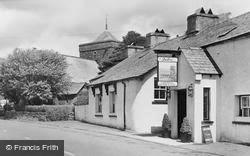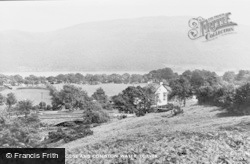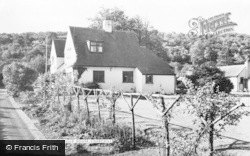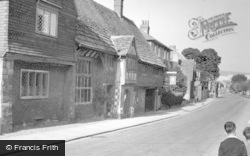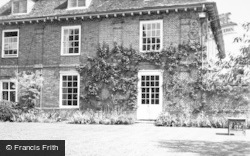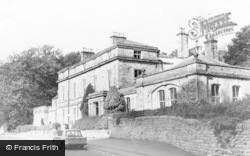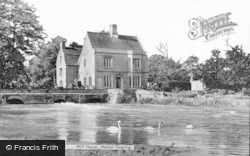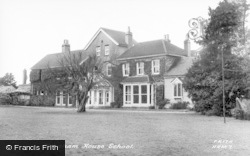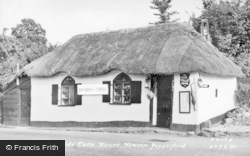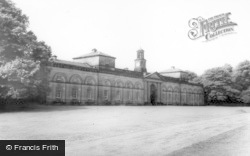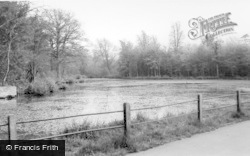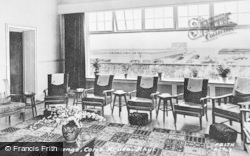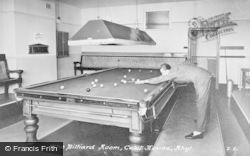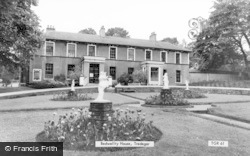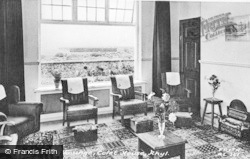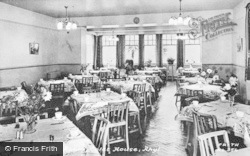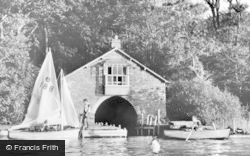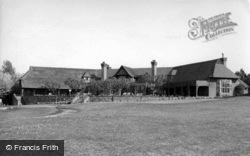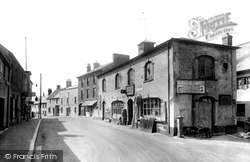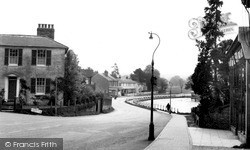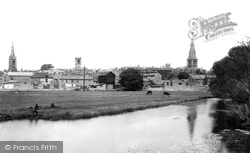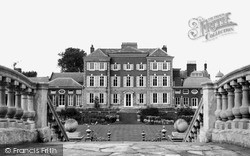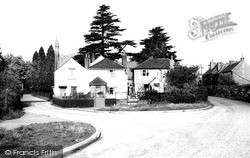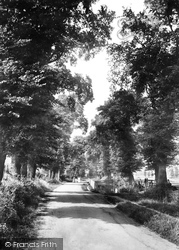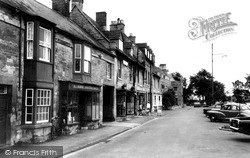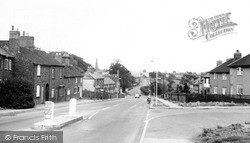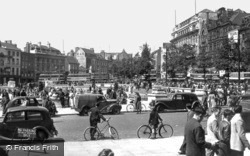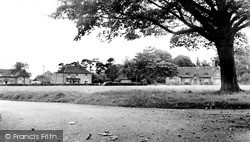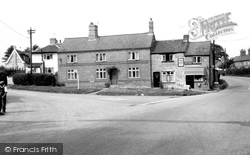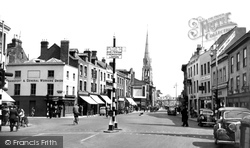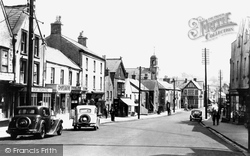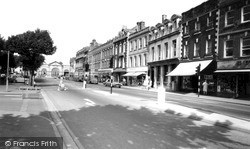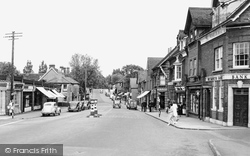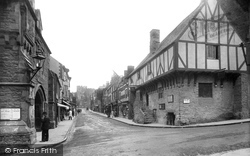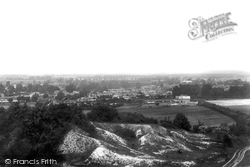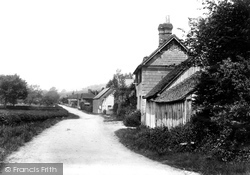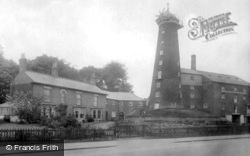Places
36 places found.
Those places high-lighted have photos. All locations may have maps, books and memories.
- Chatsworth House, Derbyshire
- Osborne House, Isle of Wight
- Brambletye House, Sussex
- Ickworth House, Suffolk
- Kingston Lacy House, Dorset
- Boscobel House, Shropshire
- Preshute House, Wiltshire
- Bolton Houses, Lancashire
- Brick Houses, Yorkshire
- Quaking Houses, Durham
- Water Houses, Yorkshire
- Bottom House, Staffordshire
- New House, Kent
- Mite Houses, Cumbria
- Lyneham House, Devon
- Church Houses, Yorkshire
- Dye House, Northumberland
- Spittal Houses, Yorkshire
- Street Houses, Yorkshire
- Tow House, Northumberland
- Halfway House, Shropshire
- Halfway Houses, Kent
- High Houses, Essex
- Flush House, Yorkshire
- White House, Suffolk
- Wood House, Lancashire
- Bank Houses, Lancashire
- Lower House, Cheshire
- Marsh Houses, Lancashire
- Chapel House, Lancashire
- Close House, Durham
- Guard House, Yorkshire
- Hundle Houses, Lincolnshire
- Hundred House, Powys
- Thorley Houses, Hertfordshire
- School House, Dorset
Photos
6,747 photos found. Showing results 1,021 to 1,040.
Maps
370 maps found.
Books
Sorry, no books were found that related to your search.
Memories
10,363 memories found. Showing results 511 to 520.
W & C French Contractors
This is a Memory Without Evidence. In 1984 I visited my childhood home, "Ivy Cottage" no 58 Epping New Road, Buckhurst Hill, Essex. The cottage, in poor condition, was still being lived in. The contractors yard was ...Read more
A memory of Buckhurst Hill in 1984 by
Tarentella Coffee Bar Happy Memories
I met my husband of 41 years back in the 60's, I lived in Shirley, a very new housing estate then, called Shrublands. We used to ride around Croydon and Norbury on his scooter and often visited the Tarentella ...Read more
A memory of Croydon in 1963 by
Greenford Gardens
We moved to 1 Greenford Gardens in 1936 from Northolt; it was a great place to grow up. Spent most of the time in Ravenor Park playing football/cricket, went to Bethams then Costons Junior with Mr Blount the Headmaster who ...Read more
A memory of Greenford in 1940 by
Gloria Cassons' Memories Of Collyhurst
Hi, I'm Gloria Casson, born in Crumsull Hospital. I went to St James School and St James Church. My mother's name was Mary Casson, I lived in Collyhurst Flats, Southern Drive - the eldest of 10 children. I ...Read more
A memory of Collyhurst in 1949 by
Wallsend 1954 68
Born in the Green Maternity Hosp 1954, lived in Windsor Drive, Howden, Sandown Gardens, Howden and Prospect Ave. I remember being taken to the Masons Arms at Bigges Main in a pushchair, parked outside the corrugated iron lean to ...Read more
A memory of Wallsend by
Cowper Gardens
I was born in Cowper Gardens in 1946, my nan's, house No.11, where she lived until her death in 1979. My cousin was also born there and lived with her mum, Betty. I moved away in 1949 and lived in Peckham but used to spend ...Read more
A memory of Wallington in 1960 by
1964 1966
My father was colliery manager from 1964 - 1966. We lived in Penrhiwceiber House, the big house next to the Pit. It was a great place to be a kid. If anyone has any old photos of the house or Ceiber from the sixties I would appreciate a copy.
A memory of Penrhiwceiber in 1965 by
Last Place Of Abode In The Uk
My name is Judith Buchanan, formerly High, and we used to live at 20 Cambridge Rd, Thornaby. This house remains firmly entrenched in my earliest childhood memory. I was seven years old when our family left ...Read more
A memory of Stockton-on-Tees in 1962 by
Part 7
There was no running hot water, no gas, no bathroom and no flushing toilets. Electricity was used for lighting and if you were lucky, a wireless set. Most sets were run from accumulators, a sort of battery, which you had to take to ...Read more
A memory of Middle Rainton in 1945 by
Part 12
Hetton Council then cleaned up the remainder of the site, put on topsoil, and turned it into a sort of small park. There are some articles I have from the local paper published at the time giving a bit more insight to what happened. ...Read more
A memory of Middle Rainton in 1945 by
Your search returned a large number of results. Please try to refine your search further.
Captions
6,914 captions found. Showing results 1,225 to 1,248.
At the centre of the town is the old Market House with its shallow arched openings and weather-vaned bellcote.
Not seen in this photograph are cottages and houses off to the right that overlook the pond - their gardens front directly onto it.
This view, looking west from the green, has lost its two community facilities: The Bell is now a house, while the shop on the right is now a house called The Old Post Office.
Just above the left-hand end of the bridge in S177036 (page 70) and here in 72297 we can see buildings which in the 1920s housed Cooper & Hall, the engineers.
Moses Glover's map of 1635 shows a building in the vicinity of today's York House, covered in scaffolding and surrounded by a number of smaller structures, some of which line the roads.
Nowadays the old core is surrounded by 20th-century housing, some small and the rest 'Metroland' detached houses in spacious well-treed gardens, between it and Seer Green and Jordans railway station on
At its southern extremity and the junction with Cheam Road was the site of East Cheam Manor and a dozen or so houses.
There is a pleasing lack of uniformity about the facades and rooflines of the buildings in the High Street, some of which are small cottages, and others grand town houses.
The assemblage of 19th-century houses on the left is almost picturesque, looking out over open fields until the arrival of the houses on the right in the 1930s.
Frith's photographer was looking west away from the Council House, with Long Row on the right.
The school (right), now converted into two houses, was built in 1858. The house with the shop front facing the camera is now named the Old Post Office.
The new house, completed in 1869, was designed by Alfred Waterhouse, who was also the architect of St Pancras station and the Natural History Museum.
Next to an 18th century house of some interest, the post office, along with the pub, was the focal point of village life.
This was known as Coffee House Number Four before the union bought this building. This block also used to house the Theatre Deluxe next to Jays.
Town houses were built in the early 19th century for wealthy families and, in the late 1800s, 27 public houses existed along the High Street.
This attractive boat house is set at the foot of a steep cliff alongside the River Taf with its 'heron-priested' shore. The poet Dylan Thomas lived here for the last four years of his life.
it has been the centre of the city's business and social life, and is surrounded by many fine buildings.This view shows Blue Boar Row, looking west towards the old Cheese Market and the Market House
In 1794 a very large barracks was built just north of the village; it was used to house militia during the Napoleonic Wars. After the First World War, the barracks were closed and demolished.
The medieval parish church, Ashtead Park house and its landscaped park, now part of the City of London Freemen's School, are south of this main through road, the A24 London to Worthing road.
The building on the right is Aberconwy House, a rare survival of medieval Conwy and one of the oldest buildings in Wales.
A lone block of four houses were the only dwellings on that straight length of road in 1899. By 1905 a spurt of building would fill in the right-hand side all of the way into town.
Blackdown is a great sandstone hill 918 feet high, and Blackdown House is a Tudor-style manor house of 1640.
Formerly one of the few eight-sailed windmills in the country, the tower is all that remains of the complex of granaries, bakery and mill house.
The assemblage of 19th-century houses on the left is almost picturesque, looking out over open fields until the arrival of the houses on the right in the 1930s.
Places (80)
Photos (6747)
Memories (10363)
Books (0)
Maps (370)


